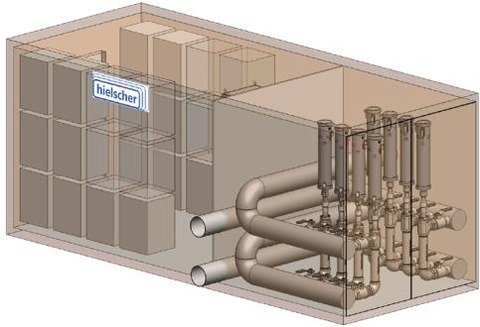
Hielscher describes how ultrasound can offer a better alternative to removing sulphur from crude oil and petroleum products.
To remove the sulphur compounds from processed crude oil products, such as naphta, kerosene, diesel oil and heavier oils, the commonly used industrial desulphurisation process is hydrodesulphurisation (HDS).
This is a highly cost-intensive process that is incapable of removing recalcitrant aromatic sulphur compounds, such as 4,6-dimethyldibenzothiophene, as a result of their low reactivity.
There are other desulphurisation methods, such as biodesulphurisation, ionic liquid-catalysis, microwave catalytic desulphurisation, oxidative desulphurisation and the ultrasound-assisted oxidative desulphurisation (UAOD).
However, according to Hielscher, ultrasound offers a better alternative for removing sulphur from crude oil and petroleum products.
This process is known as Ultrasound-Assisted Oxidative Desulphurisation, and as the name indicates, is an oxidative process.
- To read more about process, please download the full report by clicking on the link above.




